22.05.2025
CONTENTS:
Selecting an encoder is one of the critical stages in designing and configuring automation and motion control systems. The right decision determines the stability of the equipment, the accuracy of position tracking, and the speed of the system's response. In this guide, we will consider in detail how to choose the right encoder, what technical parameters to focus on, as well as what types of encoders exist and in which industries each technology is used. Thanks to this encoder selection guide, engineers and integrators will be able to make an informed decision and avoid typical mistakes.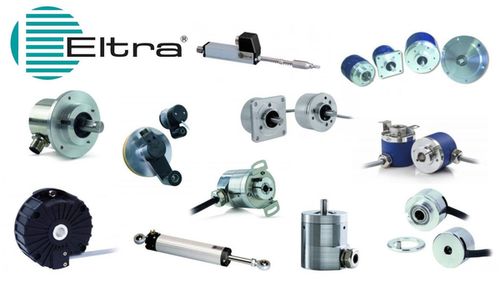
An encoder is a device that converts mechanical motion into an electrical signal, which is then used to determine the position, speed, or direction of movement of an object. Such position feedback devices are widely used in drive control systems, electric motors, as well as industrial robots, CNC, along with conveyor lines and other automated equipment.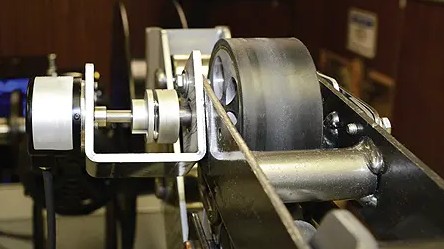
Depending on the configuration, encoders can provide output signals about:
Motion control encoders play a very important role in systems where precision, synchronicity and predictability of movements are required. Their use provides continuous control, feedback and adaptation of equipment to external conditions.
Before we move on to choosing a model, it is important to clearly define the requirements of your system. The main parameters to consider are listed below:
Now let's look at the existing types of encoders.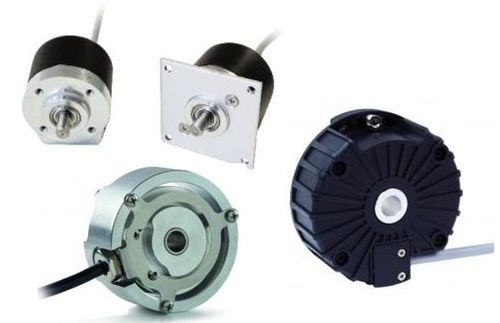
Incremental encoders work by generating a series of pulses when the shaft rotates. Each pulse represents a unit of movement. They usually have three channels: A, B, and Z. Channels A and B allow you to determine the direction of movement, and Z is a zero mark for zeroing the position.
Encoders of this type are widely used due to their simplicity, availability, and high response speed. However, their main drawback is the loss of position data after power is turned off, since they do not store the absolute coordinate.
Incremental vs absolute encoders is one of the main comparisons that is worth making before choosing a device. If your system requires constant feedback, the incremental option may not be enough.
Absolute encoders provide a unique position value at each step, which allows you to accurately restore the coordinate even after a system restart. There are single-turn and multi-turn, depending on the stroke length. 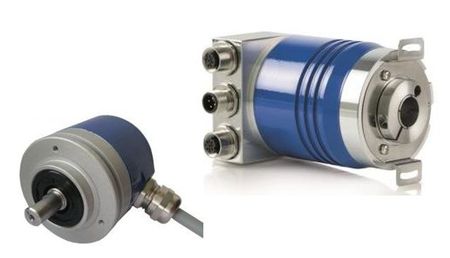
Such models are especially useful in closed-loop control systems, where it is critical not to lose position information. An encoder for motion control in precision and robotic systems almost always refers to the absolute type.
The difference between rotary and linear encoders is the nature of the motion they measure.
Rotary encoders record rotational motion and are installed on the shafts of motors or mechanisms. This is the most common type used in automation, drives, and CNC.
Linear encoders, in turn, record translational motion - they are used on guides, rails, linear actuators. In conditions of high accuracy and minimal tolerances, preference is given to them.
Encoder selection directly affects the accuracy, stability of the signal, as well as sensitivity to interference and resistance to environmental conditions. There are three main types: magnetic, optical and capacitive. Each of them has its own advantages and limitations.
Magnetic encoder for motion control uses the interaction between a magnetic field and a Hall sensor or other sensing element. Such devices demonstrate good resistance to dirt, moisture, dust, and vibration. This makes them an excellent choice for use in harsh environments, such as agricultural or construction equipment. However, magnetic models are slightly inferior in resolution and stability to optical analogs.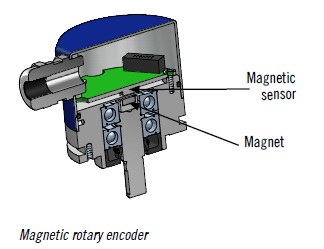
Optical encoder for automation provide high accuracy and resolution by using infrared or laser radiation passing through a specially marked disk. Such devices allow you to receive data on movement with an accuracy of up to fractions of a degree or micrometer. They are used in high-precision CNC machines, medical equipment and laboratory automation. The main limitation is sensitivity to contamination, condensation and impacts. For reliable operation, optical sensors require a clean environment and high-quality protection.
Capacitive industrial encoders are considered a relatively new technology. They work by measuring changes in the electric field between two plates when moving. Compact, energy-efficient, and less sensitive to optical and magnetic interference, such devices are used in portable electronics, compact servo drives, and lightweight robotic mechanisms. The main disadvantage is limited resolution and sensitivity to humidity. 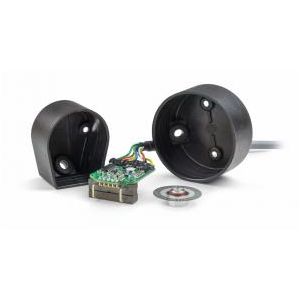
Choosing the right encoder depends on the specifics of the application. Below we will consider the most common use cases and solutions suitable for them.
In industrial automation systems such as conveyor belts, packaging lines or sorting equipment, encoders perform the function of position and speed monitoring. The combination of reliability, ease of integration and resistance to contamination is important here. Incremental encoders with HTL output are often used in such tasks, since they are easy to connect to PLCs and frequency converters. High response speed is also appreciated, especially in high-performance lines. Magnetic rotary encoders are great for working in dusty or humid environments.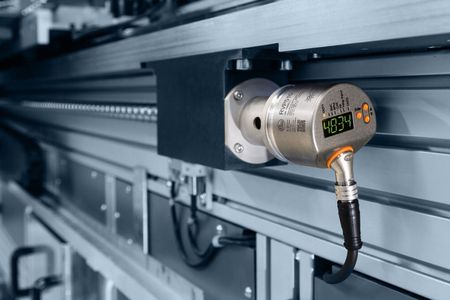
An encoder for robotics is responsible for precise positioning of joints, feedback during movement and control of drives. The ability to save position data even after power is turned off is especially important - this makes absolute encoders relevant, both single-turn and multi-turn. Depending on the design of the robot, both hollow shaft encoders (for compactness) and miniature linear sensors for determining the stroke can be used. In addition, it is necessary to consider the level of vibration and potential electromagnetic interference, choosing a stable and shielded model.
Machines with numerical control, engraving devices and high-precision drives require encoders with high resolution and low signal noise. Optical absolute encoders, which provide feedback in real time, are especially in demand here. The encoder must have high linearity and resistance to temperature fluctuations. Compatibility with digital protocols (SSI, BiSS, EnDat) is also taken into account, which allows the device to be integrated into a common coordinate system.
In environments such as open construction sites, agricultural machinery or marine equipment, automation sensor solutions are exposed to vibrations, dust, dirt, moisture and temperature changes. Here, mechanical and electrical reliability are more important than accuracy. Most often, magnetic incremental encoders with a high degree of housing protection (IP67 and above), reinforced bearings and a UV-resistant plastic or metal housing are used. Anti-corrosion coating and protection against voltage surges are also important.
Even experienced engineers sometimes make mistakes when selecting encoders, which can lead to system failures or unnecessary costs. Here are the most common mistakes to avoid:
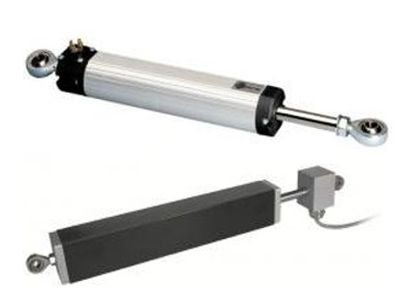
Choosing an encoder requires a comprehensive approach. You should consider industrial encoder types, their resolution, signal shape, as well as dimensions, shaft type and resistance to external influences. It is equally important to understand how the device will integrate into an existing system and what tasks it will perform.
Need help choosing the right encoder? Explore our full range of incremental and absolute encoders at Eltra Trade or contact our team for expert advice!